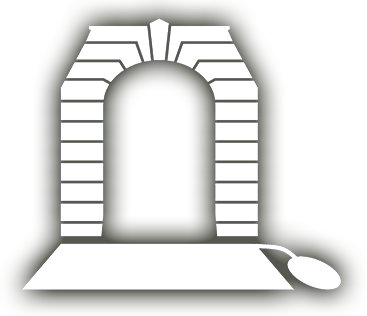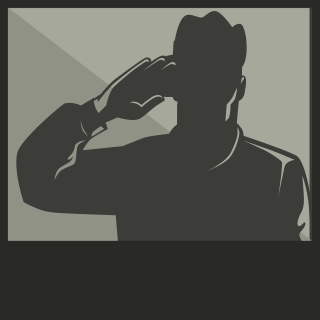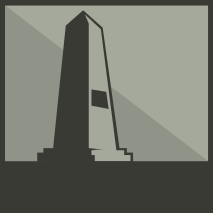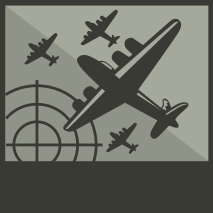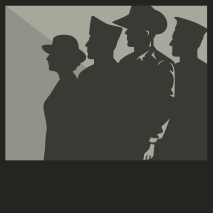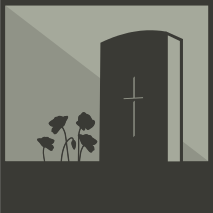ALTMANN, Leslie Albert
| Service Number: | SX9387 |
|---|---|
| Enlisted: | 20 July 1940, Adelaide, SA |
| Last Rank: | Sergeant |
| Last Unit: | 2nd/48th Infantry Battalion |
| Born: | Quorn, South Australia, 1 November 1919 |
| Home Town: | Quorn, Flinders Ranges, South Australia |
| Schooling: | Quorn and Tanunda Schools, South Australia |
| Occupation: | Engine Driver. Commonwealth Railways |
| Died: | 8 May 1999, aged 79 years, cause of death not yet discovered, place of death not yet discovered |
| Cemetery: |
Stirling North Cemetery (Port Augusta), S.A. Section 7 Row P, Grave 5. |
| Memorials: | Quorn and District Roll of Honour WW2, South Australian Garden of Remembrance |
World War 2 Service
| 20 Jul 1940: | Involvement Sergeant, SX9387 | |
|---|---|---|
| 20 Jul 1940: | Enlisted Adelaide, SA | |
| 20 Jul 1940: | Enlisted Australian Military Forces (WW2) , Sergeant, SX9387, 2nd/48th Infantry Battalion | |
| 16 Jan 1946: | Discharged Australian Military Forces (WW2) , Sergeant, SX9387, 2nd/48th Infantry Battalion | |
| 16 Jan 1946: | Discharged | |
| Date unknown: | Involvement | |
| Date unknown: | Involvement 2nd/48th Infantry Battalion |
Early Quorn Enlistee.
Leslie was born on the 1st November 1919 in Quorn, a town out of Port Augusta in the Flinders Ranges. At the time, it was an important rail link between SA and Kalgoorlie. Les was the second-born son with an older brother Hedley Laurance and younger, Frank Gordon, Clem Maxwell and William John plus sisters, including Gladys Elvira, Adeline Olga, Flora Margaret, Muriel.
Their parents were Gustav August Adolf and Catherine Reardon Altmann. Leslie’s grandfather, also named Gustav arrived in Quorn in 1878 when he selected land to farm. He was also a strong, leading member of the local Lutheran Church and the Royal Northern Agricultural, Horticulture and Farming Society. At his death in 1925 he was believed to be the oldest Quorn resident. Leslie’s father (known as Gus) also became a leader in modern farming technology as it moved from horse drawn to tractor power after WWI. Gus held demonstrations of the ‘new’ Fordson on his property, with the promise it could work unceasingly without ‘that loss of time and energy that was expended on harnessing, feeding, watering and resting horse teams. And when idle did not need feeding watering and resting.’
The children, all capable students, attended the local Quorn Primary School where they were often nominated as class leaders. Childhood illnesses frequently affected families prior to the ready availability of inoculations. Leslie was just nine when his five-month-old sister, Flora Margaret, died of meningitis in February ’29, a devastating blow for the family.
As a 12-year-old, Les’ Quorn School celebrated Eight Hours Day with a Children’s Gala on the oval with the help of the local Athletics Club. The days commenced with a procession, headed by the School Band followed by a variety of competitions. Les featured in a quaint ‘rooster chase’, coming second.
The following year, ’32 Les travelled to Tanunda where he continued his schooling. He was one of a large group of students involved in a variety of Home Project Club activities where students undertook a practical investigation the included plants, crops or animals, keeping accurate records and observations of their activity. Post school, Les became a farm labourer on the family property.
With the outbreak of WWII 20-year-old Leslie was one of the early local enlistees on the 16th July 1940 as SX9387 and was placed in the newly formed 2/48th Battalion. Unexpectedly, he spent some time in hospital as part of his training and just prior to pre-embarkation leave. Fortunately, he was able to return home over Christmas ‘40 where he and Sapper A Schnell were farewelled in the Quorn Town Hall, decorated with native pines and the National Flag. The Mayor praised the two home-grown young men, expressing gratitude and appreciation for their resolve to take a front-rank place in their country's defence. They were wished every good luck and a safe and speedy return home. Both were presented with a pen and pencil set before each responded with their thanks. Singing and dancing concluded the evening.
By November 17th Roy boarded the Stratheden arriving in the Middle East the following month. Initially he was graded as a Group II Cook, then was placed in a Reception Camp. He was to become one of the highly respected Rats of Tobruk. Ironically, this term was coined to demoralise the troops and encourage them to surrender. It had the opposite effect and was seized on as a badge of honour.
Six months after Les enlisted, his older brother, 23-year-old Hedley, a labourer with Pope Products at Beverley presented to enlist on the 23rd January ‘41 at Hindmarsh as S23760 in the 43rd Infantry Battalion AMF He was discharged 2 months later.
Where possible, information was shared through the local Quorn Mercury about those serving overseas. One soldier from Quorn who enlisted two weeks before Les, William Barrett, SX7790 was in the sister company, the 2/43rd Battalion, Intelligence Section. He managed to meet up with Les, who had turned up with a ‘bunch of reinforcements’.
The 2/48th Battalion return to Australia via Melbourne in February ’43. The following month, Les and fellow 2/48th soldier, Roy Brown were welcomed home in Quorn on leave with two other soldiers. Further training in Queensland followed, with Les undertaking more training in a Class III Mobile Cooking School Course. By August he arrive at Milne Bay but was soon affected by the tropical conditions and an extremely high temperature, then malaria. After being treated by field ambulance, Las returned to Brisbane in December, but within months malaria flared on several occasions.
By October ’44, with his promotion to Corporal, Les relinquished his Group II Cook role and joined Workshops where a further promotion to Sergeant was made in February ’45, with the local paper proudly congratulating Sergeant L. A. Altmann on this role, reporting that ‘Les has now a long record of service with the AIF at home and abroad and reports fit and well.’ Soon after, Les arrived in Morotai to serve at Tarakan in the closing phase of the war.
The following year, after an operation, Leslie was able to have Christmas with his parents at Quorn, taking extended unofficial leave, before then returning to the convalescent home for two more weeks until his formal discharge on the 16th January ’46.
As the young men returned home, functions were held in Quorn, with Les welcomed at the third celebration. It featured official speakers, musical items and joyous dancing. A record crowd attended the final Welcome Home celebration which was held in the Appila Hall in July ’46. Many dignitaries attended, speaking in praise of the young men who had so readily served their country. They were then presented with certificates. Leslie was unable to be granted leave to attend, but his certificate, organised by the Port Germain Council, was later presented to him. The evening concluded with the Last Post and Reveille, before the Pledge of Remembrance was recited.
Les subsequently married Yvonne, with the two having three children, Paul, Dianne and Gary. He also joined the Commonwealth Railways as an engine driver, a career he continued until his retirement on his 60th birthday in 1979.
Almost 20 years after retiring, Leslie died aged 79 on the 8th May 1999 and was buried in the Stirling North cemetery (at Port Augusta) in Section 7 Row P, Grave 5. He is also remembered in the South Australian Garden of Remembrance for the service he gave during the War. Post war, The Quorn Honor Board, designed to honour those who had served featured Les’ name.
Researched and written by Kaye Lee, daughter of Bryan Holmes SX8133, 2/48th Battalion.
Submitted 8 September 2025 by Kaye Lee

